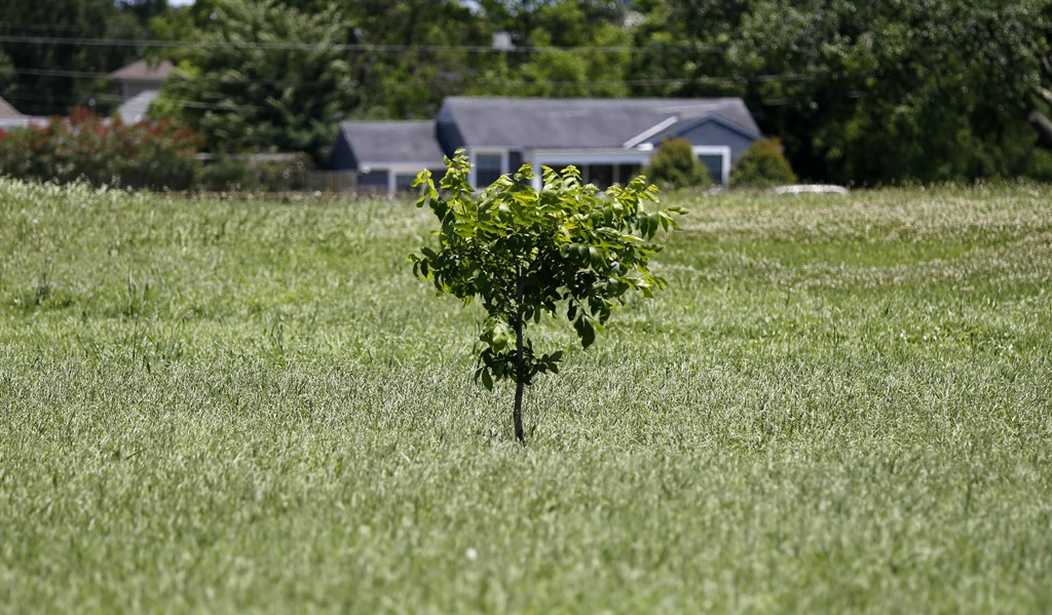There are now dementia villages in Europe that are pretend normal, writes the NYT. “Residents at the Hogeweyk, all of whom suffer from severe dementia, move about the village freely and interact with fellow patients. They also interact with the trained staff — nurses, doctors, psychologists, physiotherapists and social coaches — who far outnumber the residents and blend into the community’s daily life. At the supermarket, for instance, residents can buy food, shampoo or a postcard, but no real money is exchanged and the cashier is trained to care for people with dementia. The homes, which house six or seven residents, come with a living room, kitchen, private bedrooms, a laundry room and outdoor space, and professional support is available day and night. New residences become available only when a resident passes away.”
The idea of a managed illusion is not a new one in fiction. The 1960s UK television series “The Prisoner” featured a village in which people who “knew too much” were confined without hope of escape. “Exactly who operates the Village is unclear. … For official identification purposes, all residents and staff of the Village are assigned numbers in lieu of names, and with very few exceptions the use of proper names is discouraged, if not outright forbidden.” In 1998’s “The Truman Show,” actor Jim Carrey plays Truman Burbank, a man who discovers he is living on the set of a reality TV production. The movie
was inspired by a 1989 episode of The Twilight Zone in its 1980s incarnation, titled “Special Service”, which begins with the protagonist discovering a camera in his bathroom mirror. This man soon learns that his life is being broadcast 24/7 to TV watchers worldwide.In 1941, science fiction writer Robert A. Heinlein had written “They”, a story about a man surrounded by persons whose job is to convince him that he is insane rather than one of the few genuine people in his world.
Everything seems normal, but it’s not. Can we be living in the beginnings of a virtual world already? Given enough networking and computing power, can we live in a simulation, inhabit a narrative orthogonal to reality? Companies are trying to make that happen at least. The idea that the world is a giant computer has gained some respectability. For example, a team of theoretical physicists working with Microsoft published a research paper describing the universe as a self-learning system of evolutionary laws.
If so, an illusion managed by AI could be the future of governance. In more mundane commercial terms, companies like Meta and Apple think the public will soon live in a blend of virtual and physical reality called the metaverse. The plan is to immerse everyone in a video game that is never unplugged, never goes away, “characterized by persistent virtual worlds that continue to exist even when you’re not playing.”
Tech giants like Microsoft and Meta are working on building tech related to interacting with virtual worlds, but they’re not the only ones. Many other large companies, including Nvidia, Unity, Roblox, and even Snap—as well as a variety of smaller companies and startups—are building the infrastructure to create better virtual worlds that more closely mimic our physical life.
This requires the population to be surrounded by sufficient hardware. Technologically, 15-minute cities with simulated experiences might just be possible. In fact the Saudis are building “a futuristic city with no cars, no streets, and zero net carbon emissions.” There’s real money behind it. “Announced this month by Crown Prince Mohammed bin Salman, ‘the Line’ is a 106-mile-long belt of hyperconnected communities stretching from the mountains of northwest Saudi Arabia to the Red Sea … this city of 1 million will be powered by ‘100% clean energy,’ with residents ferried about by ‘autonomous mobility solutions’ and ultra-high-speed transit.”
Neom, as it is called, bills itself as the world’s first “cognitive city,” “the first city to be powered by renewable energy. At just 200m wide, and extending over 170km, the ‘vertically layered’ buildings will house 9 million residents by 2045. Residents will have access to all facilities within a 5-minute walk, and a high-speed train with 20-minute end-to-end transit. Residents will live in interconnected societies run by AI designed to coexist with nature.” Not surprisingly, this paradise will implement the metaverse, “a zero-carbon city with robots, holograms and … avatars … ‘So you own an apartment in NEOM… and you decide that you are going to open up, you’re gonna have a party… you can also decide to have folks come in virtually, holographically.'”
The next best thing to living in this Saudi city of wonders will be residing in its virtual twin. Prospective buyers can live and interact with it in simulation. Mansoor Hanif, the executive director for NEOM engineering, says “we don’t believe the future should be ‘mega cities’ … it should be ‘meta cities’.” This Green, urban marvel might be the ultimate 15-minute city. Why would you want to go any further when everything you want is there. Only an unreasonable person would want to leave town. In fact that might be downright pointless if you were never anywhere in the first place. Right, pal?
The one word no one ever openly mentions in connection with dementia villages, the Village, ” The Truman Show,” “The Twilight Zone” or 100-mile fifteen-minute cities is the ugly term “prison.” Underneath the bright lights, nonstop music and carny-barking is the hand of power and control. Best not to think of it. Perhaps a part of the Green constituency will someday realize that environmentalism was always about giant geoengineering projects, starting replacement industries for sunsetting ones and herding people into nodes of a grid, so there could be no escape. But they’ll realize it too late.
“I elbow bump you in farewell. So long, suckers”.








